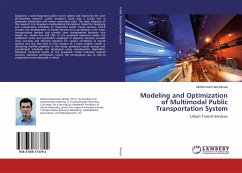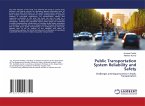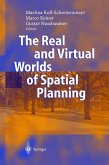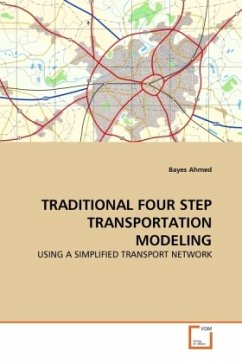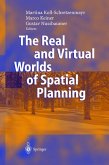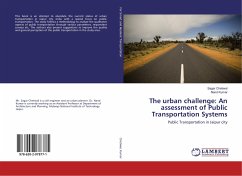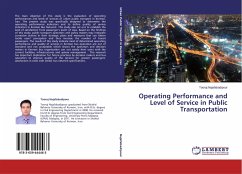Designing a well-integrated public transit system and improving the cost-effectiveness network, public transport could play a crucial role in passenger satisfaction and reduce operating costs. The main objective of this research is to develop a mathematical formulation model for designing and coordinating schedules of integrated public transit services, which includes the development of feeder services and coordination with major transportation services and transfer time consideration between two modes (i.e. Feeder bus and LRT). In the proposed improved model, the additional terms and constraints employed in objective function provide more accurate and efficient solutions for various conditions of transit systems and this may lead to the creation of a more realistic model in simulating real-life problems. In this study, optimized transit services and coordinated schedules are developed using metaheuristic algorithms. Obtained numerical results of the proposed model including optimal solution, statistical optimization results, the convergence rate as well as comparisons were discussed in detail.

